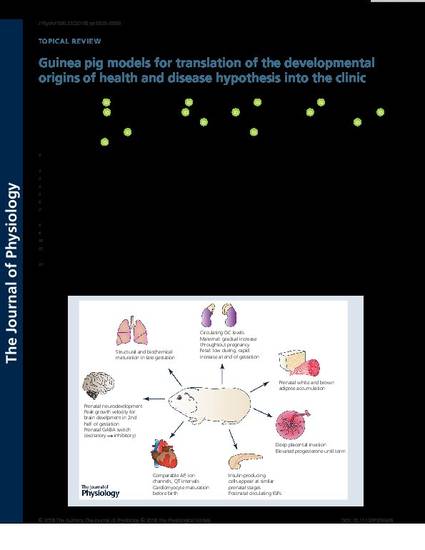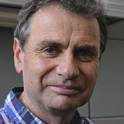
Over 30 years ago Professor David Barker first proposed the theory that events in early life could explain an individual's risk of non-communicable disease in later life: the developmental origins of health and disease (DOHaD) hypothesis. During the 1990s the validity of the DOHaD hypothesis was extensively tested in a number of human populations and the mechanisms underpinning it characterised in a range of experimental animal models. Over the past decade, researchers have sought to use this mechanistic understanding of DOHaD to develop therapeutic interventions during pregnancy and early life to improve adult health. A variety of animal models have been used to develop and evaluate interventions, each with strengths and limitations. It is becoming apparent that effective translational research requires that the animal paradigm selected mirrors the tempo of human fetal growth and development as closely as possible so that the effect of a perinatal insult and/or therapeutic intervention can be fully assessed. The guinea pig is one such animal model that over the past two decades has demonstrated itself to be a very useful platform for these important reproductive studies. This review highlights similarities in the in utero development between humans and guinea pigs, the strengths and limitations of the guinea pig as an experimental model of DOHaD and the guinea pig's potential to enhance clinical therapeutic innovation to improve human health. (Figure presented.).
Available at: http://works.bepress.com/timothy-regnault/14/
